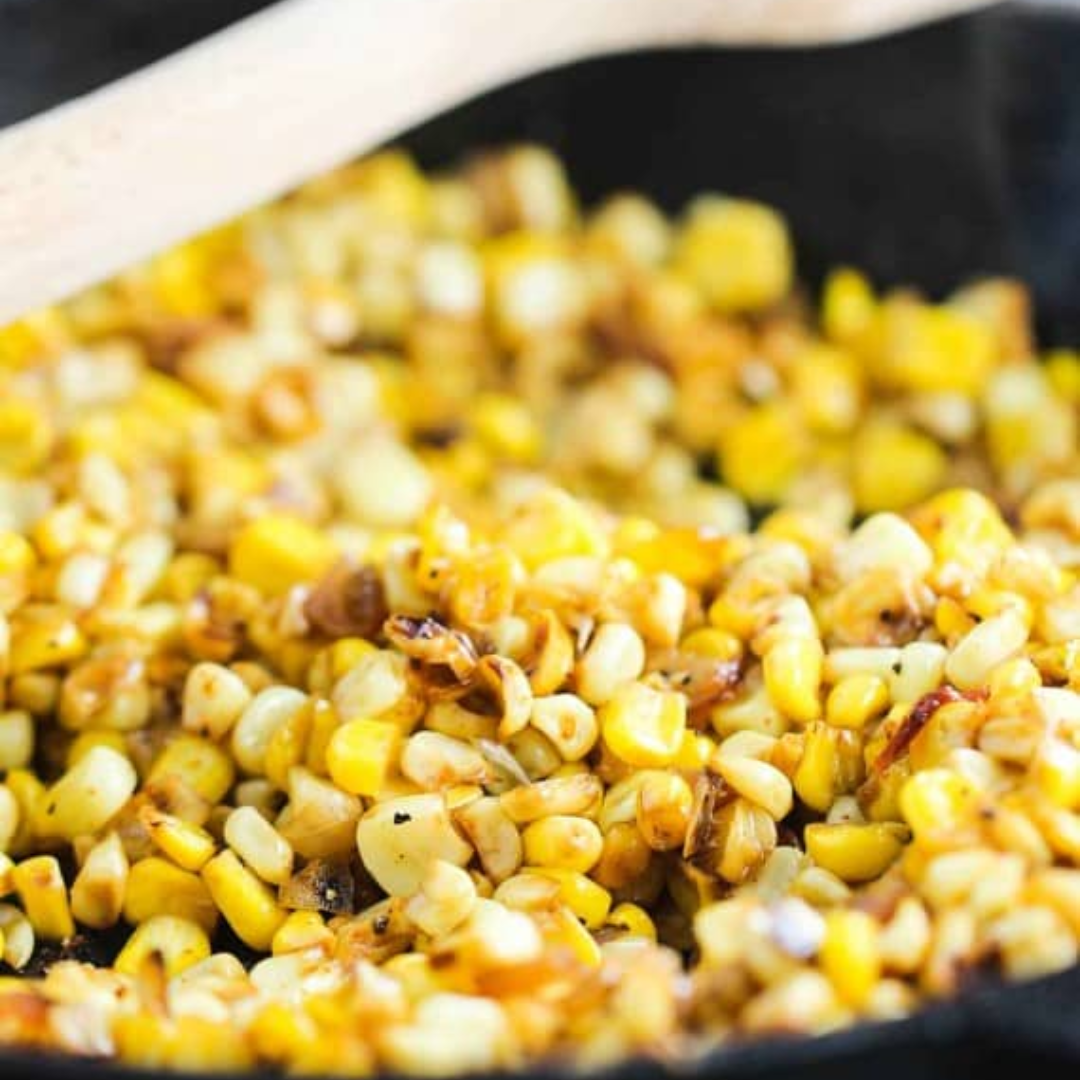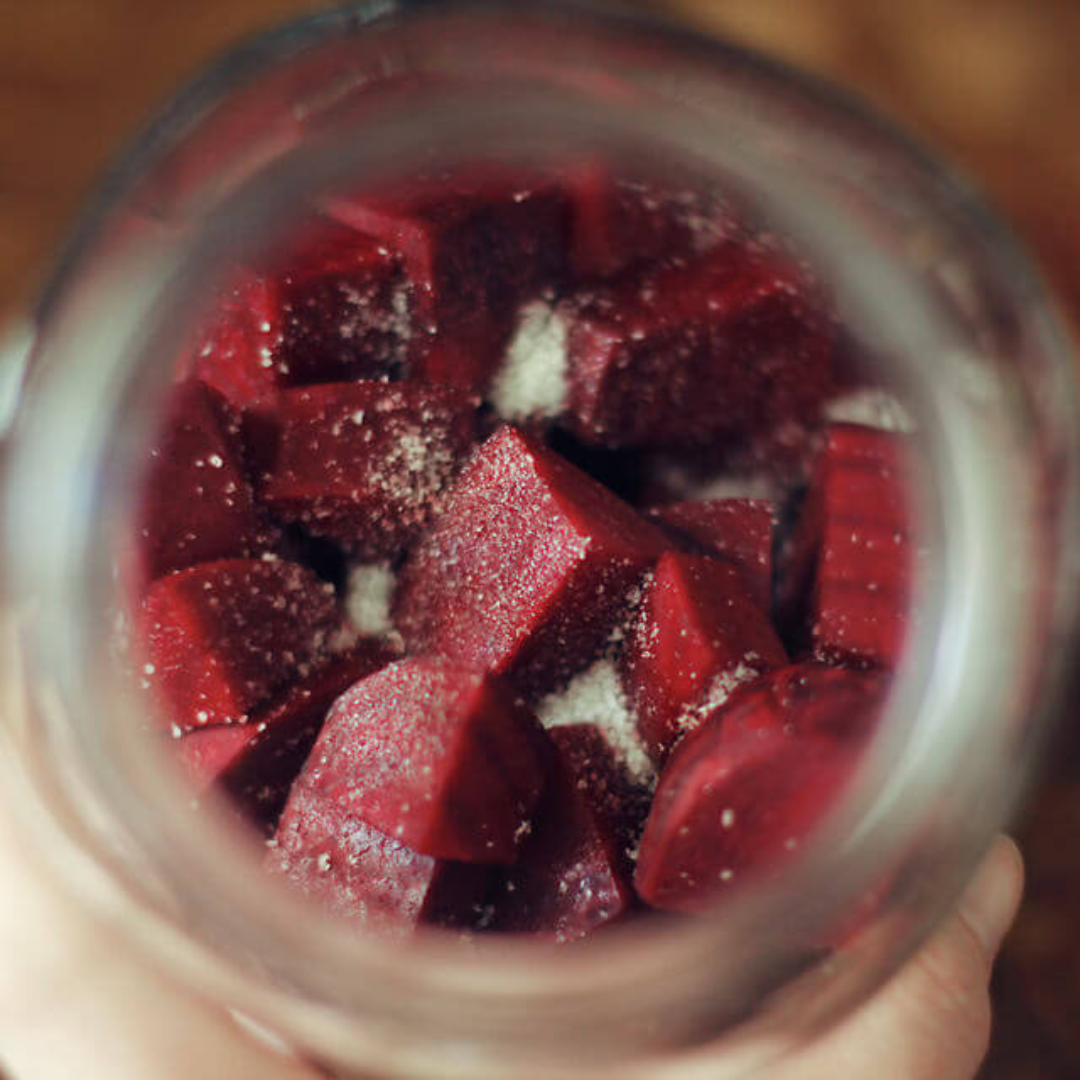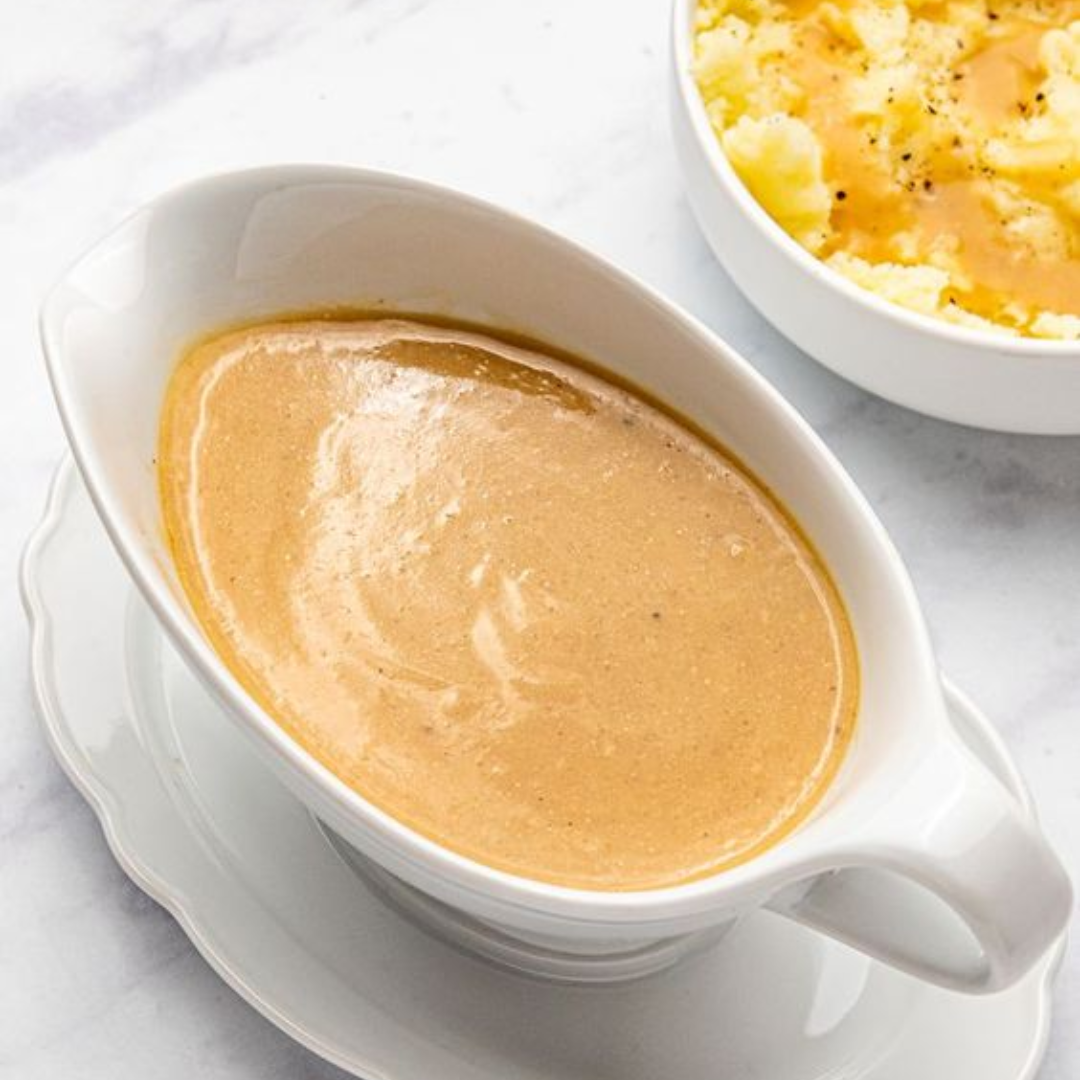We're super excited to have guest blogger Meghan Hintz writing this fantastic blog on herbal medicine, fermentation, and sharing her recipe for Nettles Kraut! Meghan is a Fermentationist, Functional Nutrition Health Coach, and creator of Herba Flora, ( http://herbaflorahealth.com/) a line of herbal digestives free from alcohol, sugar, and other common allergens. She lives in the Pacific Northwest where she is currently fawning over the glorious awakening of spring.
HERBAL MEDICINE MEETS FERMENTATION
While fermented foods are celebrated – and rightly so – for their digestive and
immune support, they are also notable for the increased bio-availability of their
nutrients. As friendly microorganisms break down cellulose, vitamins and minerals
are liberated making them especially easy for our bodies to absorb. Beyond the
nutrient value, fermentation releases a more mysterious and nuanced quality of
plants – their medicinal actions.
Just as the fermentation process frees nutrients, it is able to extract the therapeutic
properties of herbs. This can be a fabulous alternative to alcohol-based tinctures, as
alcohol can increase intestinal permeability and may not be suitable for children,
pregnant women, and those experiencing alcohol sensitivity or addiction.
When choosing herbs for your ferment consider flavor and herbal actions. Food
herbs like fennel, ginger, and turmeric are naturals and help ease gas, settle an upset
stomach and decrease inflammation, respectively. Rose is calming to the nerves and
pleasantly floral, but also astringent so start with small amounts. Remember that
your ferment will take time so herbs that become harsh after a long steep (think
lavender) may not be the best fit. Likewise, steer clear of herbs with strong
antimicrobial actions that could kill off friendly bacteria and halt fermentation.
Favorite spring tonic herbs, all suitable for sauerkraut and miso, include burdock
root for the liver and skin, dandelion root and leaf (the leaves can be quite bitter, the
root more mild) for the liver and kidneys, and my favorite: nettles.
Stinging Nettles, Urtica dioica, are exceptionally high in minerals, anti-inflammatory,
and supportive of the adrenal glands. With their bright color, grassy flavor, and
nutritional boost they are the epitome of spring. They grow wild in parts of North
America and can be found at farmers markets this time of year, but you can also use
dried nettles. They lose their sting when cooked, dried, or fermented, but be sure to
wear gloves while handling them fresh!
Spring is a time of rebirth and renewal. It’s the perfect time to look beyond the well-loved
traditional benefits of fermentation and experiment with the new flavors and beneficial actions
spring herbs have to offer.
Nettle Sauerkraut (1 quart)
1.25 lbs Green cabbage, evenly sliced (reserve the core and one outer leaf)
½ cup packed fresh nettle leaves, chopped (don’t forget the gloves!)
OR
2 Tbsp dried nettles moistened with 1 Tbsp heated water
2-3 scallions, sliced into rings
2 ½ tsp coarse grey Celtic sea salt
Use your favorite fermentation technique to make your Nettle Sauerkraut. I use
Sandor Katz’s technique.
Now that you’re wildly curious about nettles, here’s a lovely write-up for more info:
http://www.susunweed.com/Article_Energy_Stamina.htm
This information is not intended to diagnose, treat, or cure any disease. Please consult
a medical professional before beginning any healthcare regimen.













